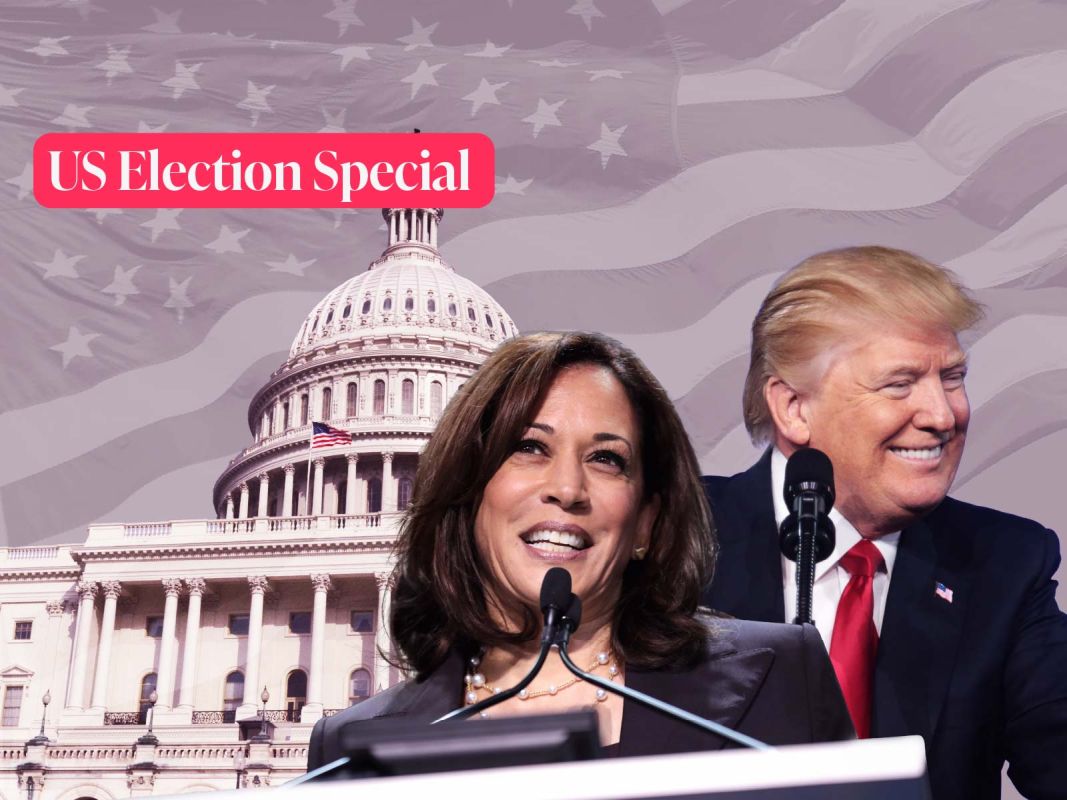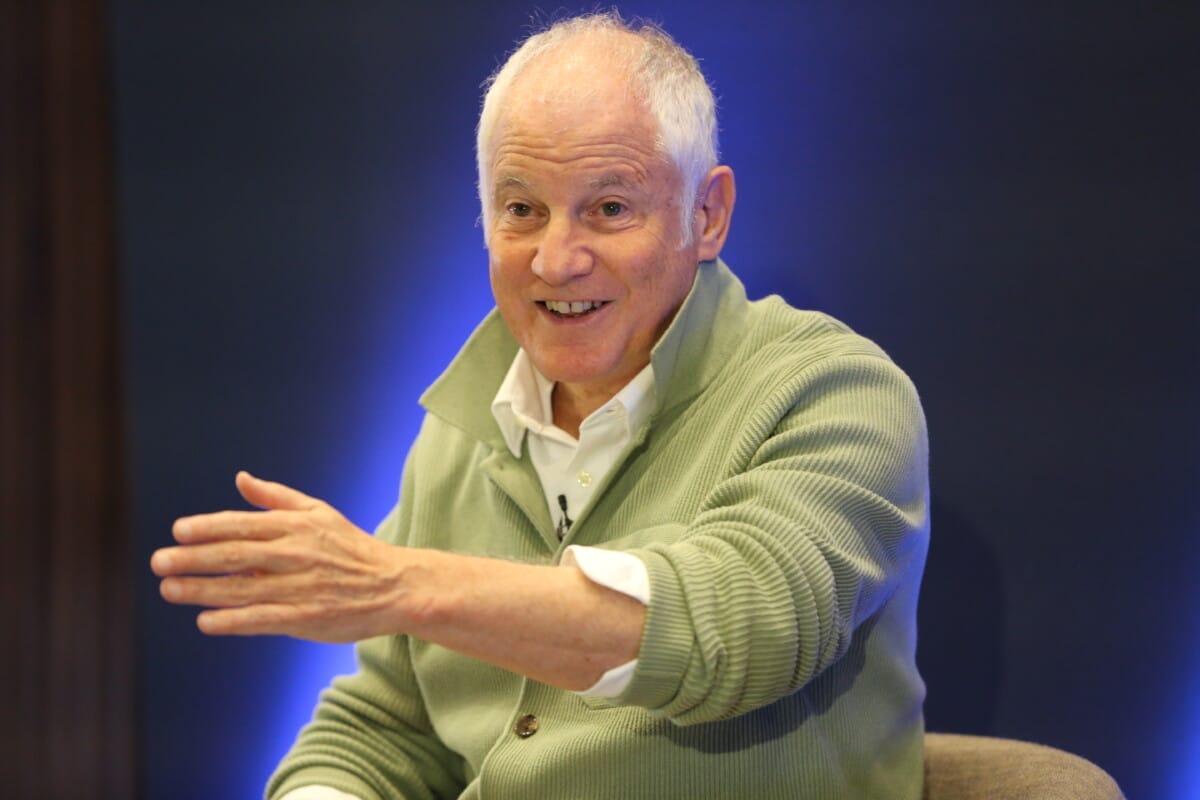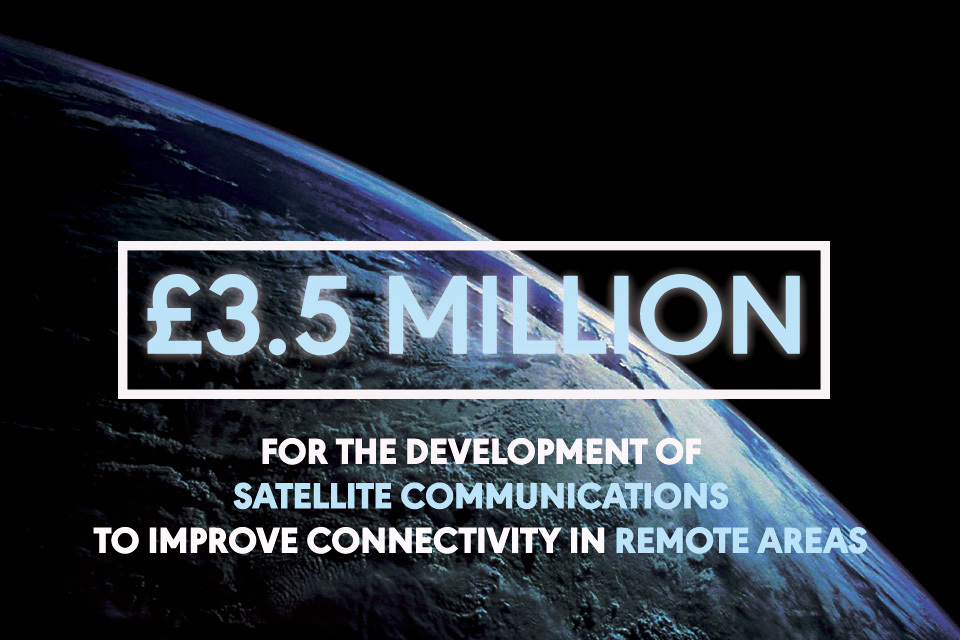The stakes are on the table; all that’s left is to follow the money. The outcome of the upcoming US presidential election will directly influence rules and taxes, factors that could impact the operations, profitability, and innovation of some of the world’s largest companies. In recent months, large corporations, magnates, and billionaires have poured rivers of money into party coffers. Others have organised into Super-PACs, organisations created to support a candidate. The analysis of the flow of electoral donations offers investors insights into how companies are positioning themselves and which sectors might benefit from the victory of one candidate or the other on November 5.
The rise of big donors
After the 2020 election, the most expensive in history, the 2024 cycle is proving to be no different. According to OpenSecrets, a nonprofit organisation that tracks and publishes data on campaign finance, the 2024 electoral cycle will be the most expensive ever, with total spending estimated at at least $15.9 billion (surpassing the $15.1 billion spent in 2020, even accounting for inflation). Just for the presidential election, over $5.5 billion is expected to be spent.
Total spending for the electoral cycle adjusted for inflation, source Open Secrets.
One trend in this cycle is the increasing importance of Super PACs (Political Action Committees). These committees are organisations with practically unlimited spending and donation capacity. They are created to support a candidate or political agenda and must operate independently, without coordinating with the candidate’s official campaign. By early October, Super PACs had spent about $2.6 billion, roughly $1 billion more than at the same point in 2020. The final spending is expected to surpass $5 billion, with Republicans holding a significant advantage.
The rise of Super PACs is closely linked to the growing role of major donors. According to OpenSecrets, the share of small donations during the electoral campaign has fallen to 16%, down from 22% in the previous election. The top 10 individual donors have contributed $599 million, accounting for 7% of the total fundraising. The top 1% of donors have contributed 50% of all funds raised1.
Silicon Valley shifts to the right?
One of the most talked-about sectors is technology, which is crucial for investors due to its ability to influence global market performance. This industrial sector is one of the main centres of political and economic power globally, as well as an organic extension of US power. Traditionally, Silicon Valley has been considered a stronghold of liberal and progressive ideas, but for the 2024 election, this front has begun to show cracks.
Many key figures have decided to break the cultural taboo by openly siding with Trump. Elon Musk, CEO of Tesla and owner of the social network X (formerly Twitter), has become one of the main assets of the Republican campaign, not only through donations but also by appearing at rallies and positioning himself for roles within the administration, as he’s been mentioned as a possible future secretary of the treasury.
In addition to Musk, major investors like Marc Andreessen and Ben Horowitz, heads of one of the world’s leading venture capital firms, have declared their support for the Trump-Vance ticket, donating $25 million each personally and $50 million through their firm. They are joined by Doug Leone and Shaun Maguire, partners at Sequoia Capital. Trump has also garnered support from influential media figures within Silicon Valley’s narrative, such as the podcast “All-In.” Even Mark Zuckerberg, CEO of Meta, praised Trump in an interview, though he clarified that he does not wish to be involved in the campaign.
Trump’s promises to lower taxes are certainly influential, but so is Kamala Harris’ past, particularly her actions against giants like Facebook and PayPal during her tenure as California’s attorney general. However, this trend should not be overestimated. Most companies and donors linked to Silicon Valley continue to support the Democrats. Harris has received public backing from key figures such as Reid Hoffman (co-founder of LinkedIn), Sheryl Sandberg (former COO of Meta), and Reed Hastings (co-founder of Netflix), who alone donated $7 million. Other notable donors include Laurene Powell Jobs, widow of Steve Jobs, and Sam Altman, CEO of OpenAI. Many of the most influential tech companies, like Amazon, Apple, Google, and Nvidia, maintain a neutral stance, with their CEOs opting not to express their electoral preferences publicly. Overall, the tech sector, along with communication, remains one of the strongest supporters of the Democrats, with 85% of funds from companies going to support Harris2.
The financial sector drawn to promises of deregulation
Once again, the financial sector tops the list of donations, with over $1.7 billion contributed3. While corporate donations tend to be evenly distributed between the main parties, many industry leaders dominate the personal donation rankings, with a historical preference for Republicans. Financial companies could be the ones that benefit most from a Trump victory. In recent months, stocks in the sector have moved in sync with Republican prospects of winning4.
To cement this trend, Trump has directly addressed Wall Street, promising to free it from “onerous regulations,” some of which were imposed by the Biden administration in response to the Silicon Valley Bank collapse. The goal is also to revive mergers and acquisitions, as well as initial public offerings, which have slowed under the Democratic presidency. This can also be explained by a record number of antitrust investigations into corporate mergers launched by prosecutors in 2023.
Furthermore, Harris has a history of legal battles with Wall Street. As California’s attorney general, she secured around $20 billion for homeowners in a 2012 settlement with large banks over their mismanagement of mortgages during the financial crisis. In her 2019 autobiography, Harris recounted a heated phone call with Jamie Dimon, CEO of JPMorgan Chase, where they reportedly “fought like two dogs”. One of her main legislative acts as a senator was supporting the “Accountability for Wall Street Executives Act,” which would have allowed state prosecutors to subpoena bank records during investigations of financial fraud. Nonetheless, high-profile supporters for the Democrats are not lacking. Jonathan Gray, president of Blackstone, Marc Lasry of Avenue Capital Management, Lazard’s CEO Peter Orszag, and hedge fund titan George Soros are just a few examples.
In 2016, financial stocks led the post-election rally following Trump’s victory, with gains of over 10% in the first week5.
Healthcare At the forefront of regulatory battles
The situation for the pharmaceutical sector is less clear. Both candidates have announced plans to lower drug prices, but with different strategies. Kamala Harris, as vice president, was instrumental in passing the Inflation Reduction Act (IRA) in 2022, which gave Medicare the power to negotiate drug prices, a measure strongly opposed by pharmaceutical companies. Harris has pledged to expand the legislation if elected president. Despite this stance, the pharmaceutical industry has invested significantly in her campaign, with the healthcare sector (which also includes mainly Democratic hospital workers) contributing $154 million to the Democrats, compared to $94 million to the Republicans.
One of the Democrats’ most popular proposals is the crackdown on anti-competitive practices by pharmacy benefit managers (PBMs). This position has attracted support from influential figures like billionaire Mark Cuban, founder of Cost Plus Drugs, who aims to bypass PBMs and offer generic drugs at lower prices.
According to many observers, Trump suffers from the vagueness of his healthcare plans. Drug price regulation was one of Trump’s proposals during the 2016 campaign, but it never succeeded. During this campaign, Trump has taken positions more aligned with the pharmaceutical lobbies, generally opposing the IRA without committing to repealing the legislation.
Fossil fuels or renewable energy
Some of the sharpest differences between the candidates concern energy policy. Trump has sought to draw a strategic and cultural distinction from the Democrats’ energy transition policies, which he has promised to dismantle as part of his spending review to lower taxes. His campaign has kicked off with a full-throated call to arms Trump organised a dinner at his Mar-a-Lago golf club in Florida with more than 20 executives from companies like Chevron, Exxon, and Occidental, explicitly asking for $1 billion and presenting a plan to remove barriers to drilling, lift the ban on gas exports, and reverse new rules aimed at reducing automotive pollution.
Although Trump has yet to reach that funding goal, the data suggests he has already raised significant sums from the sector, which has strongly backed his campaign, with over 90% of donations going to him. Major supporters include Kelcy Warren, CEO of pipeline operator Energy Transfer, who donated $6 million, and Timothy Dunn, an executive at Texas oil company CrownQuest, who gave $5 million to a Super PAC aligned with Trump.
In contrast, Kamala Harris has not made climate change a central issue in her campaign. However, if she wins, her policies are expected to continue in line with the Biden administration, promoting electric vehicles (EVs), renewable energy, and decarbonization.
Other industries
An analysis of sectors that have shown the most unified support for one candidate or the other offers interesting insights for investors. The industries that have rallied most strongly behind Kamala Harris include education, technology, media and the music industry, public sector employees, and manufacturing unions. Those favouring Trump include oil and mining, large agricultural businesses, and the automotive sector. One interesting case is cryptocurrencies, where there has been growing support for the Republican campaign following Trump’s pro-Bitcoin statements6. All of these sectors could experience volatility following the election, a trend that could be exploited by investors interested in selecting specific sectors or companies.
How much do campaign contributions really matter?
Finally, one question remains do campaign contributions really matter for winning elections? The results are mixed. In Congressional races, the candidate who spends more usually wins, but this data is skewed by a bandwagon effect, where funding shifts toward stronger candidates and incumbents. More comprehensive studies have failed to establish a clear relationship between spending and the likelihood of victory7.
If you have any questions about the impact of the 2024 Us election on your investments, you can submit them here. Our investment experts will try to answer your questions in our upcoming US Election Special articles and videos.
*Capital at risk. Tax treatment depends on your individual circumstances and may be subject to change in the future.








